The Pheasant comprises a large group of birds in the Phasianidae family. Their closest relatives are the partridge, quail, grouse, turkey, and more. Within the family, these birds make up the entire subfamily Phasianinae.
Researchers recognize at least 39 different species of these birds, including the Common Pheasant, Golden Pheasant, Argus, and more. Read on to learn about the Pheasant.
Description of the Pheasant
Many species of these birds are brightly colored, with iridescent plumage, or feathers. Their coloration varies from grey, brown, tan, white, and black, to red, yellow, green, blue, and more. The males are usually more brightly colored than the females.
Most of these birds are relatively large and have long tails. They usually measure between one and three feet long, including their tails, and weigh between one and five pounds.
Interesting Facts About the Pheasant
There are so many different species of these birds that it’s difficult to pick just a few unique traits. Learn more about some specific species and what makes them unique below.
- Common Pheasant – The Common Pheasant is, well, common. They live throughout much of the northern hemisphere, including North America and Eurasia. However, their natural range is much smaller. Commons actually hail from several regions in Asia. Humans introduced them into North America and Europe so that they could hunt them.
- Green Pheasant – This species is a close relative of the Common. They are so named because males have iridescent green feathers on their bodies. This flashy bird has a bright red face and is easily recognizable. The Green is Japan’s national bird.
- Lady Amherst’s Pheasant – As these birds go, Lady Amherst’s is uniquely colored. Males have black and white striped feathers running off their heads and down their tails. They also have shiny blue-green feathers on their bodies and wings, a yellow “saddle patch” above their tails, and splashes of red thrown in here and there.
- Crested Fireback – The crested fireback has a plume of dark feathers that grow from the top of its bright blue head. The feathers on its back, directly above its tail, are dark red. Combined with its yellow tail, this coloration gives this species the appearance that its back is on fire.
Habitat of the Pheasant
This group of birds lives in a variety of different habitats. Different species have different habitat preferences, and some Pheasants inhabit just a few types of habitats while others live in nearly any.
Some of the different ecosystems that they occupy include rainforests, scrubland, meadows, mountainous regions, forest edges, woodlands, and more. Depending on the species, some also live in more urban areas, like farms, pastures, and agricultural areas.
Distribution of the Pheasant
Each Pheasant has its own unique distribution. Some live across an incredibly wide range, while others only inhabit a small region. Still others originally lived in a smaller area, but humans introduced them to different places.
Most of these birds naturally range through various parts of Asia, but humans have spread different species to North America, Europe, Australia, and more. Some people also keep certain species on farms or in zoos.
Diet of the Pheasant
Most Pheasants are omnivores, which means that they eat both plants and animals. However, each species’ diet varies slightly. Some species eat mostly seeds and fruits while others feed more heavily on insects and invertebrates.
A few of the different plant parts that they eat include berries, seeds, nuts, fruits, roots, bulbs, grains, shoots, and more. They also hunt for many different types of insects and invertebrates, like grasshoppers, spiders, worms, insect larvae, snails, caterpillars, and more.
Pheasant and Human Interaction
Though human impact and interaction varies from species to species, many of these birds are popular gamebirds. This means that people like to hunt them for their meat and feathers. In fact, this is why people introduced several species across the world.
In their natural ranges, people have driven some Pheasants towards potential extinction. The threats that people pose typically include habitat destruction, hunting, and egg collection.
Domestication
You can consider some species of these birds to be semi-domesticated. People do farm and breed several species, and the Common species is particularly popular for this purpose. Farm-bred birds come in a variety of different colors.
Does the Pheasant Make a Good Pet
Some Pheasants do make good pets, but only for the right type of home. If you live on a farm, you could own one as a pet if you’d like. However, it is important to know that only some species are legal to own as pets, and it is only legal to keep gamebirds in certain areas.
Pheasant Care
In zoos and on farms, these birds need large enclosures with secure fencing to protect them from predators. They primarily walk on the ground, but they can fly, so their enclosures should provide space for them to fly safely if frightened.
Pheasants do particularly well in aviary-style enclosures with plenty of space and shrubbery for them to hide in. Zookeepers and farmers vary their diet based on the species, but most of these birds eat a combination of seeds, insects, and pelleted insectivore feed.
Behavior of the Pheasant
Each species has different social behavior. Many live in flocks, some of which contain large numbers of birds, while others just a few or a pair. Like other members in the Phasianidae family,
Pheasants spend most of their time walking on the ground. They can fly, but they prefer to forage on the ground in meadows and beneath low shrubs. Most species are diurnal, or active during the day.
Reproduction of the Pheasant
Reproductive rates vary from species to species. Breeding strategy also varies, some Pheasants breed with multiple mates, in some species the males form harems, and some form seasonal pairs.
Females lay different numbers of eggs per clutch, and some lay just a handful while others lay dozens of eggs. It normally takes between three and four weeks for the eggs to hatch. After a month or two the young Pheasants reach independence.

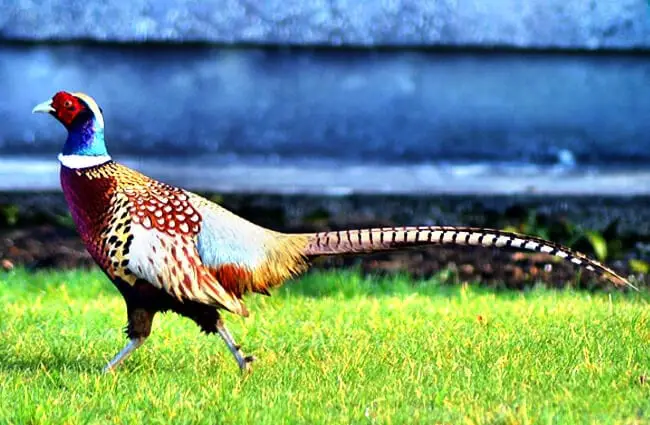
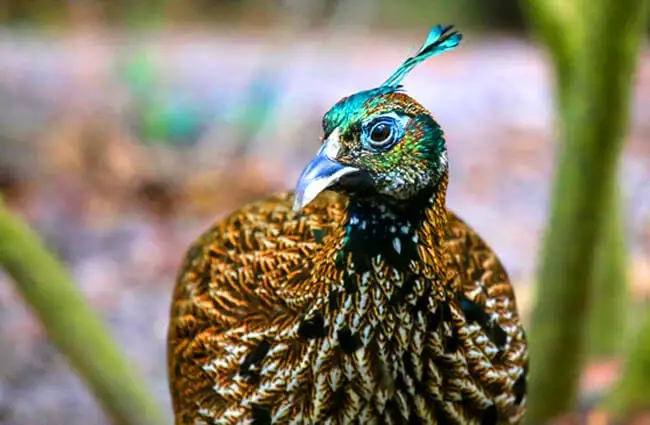
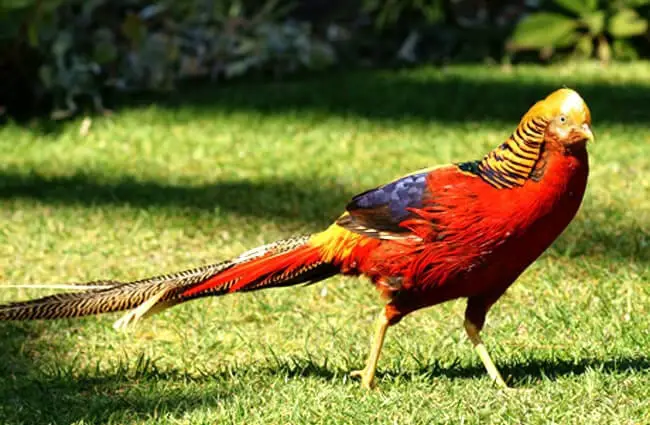
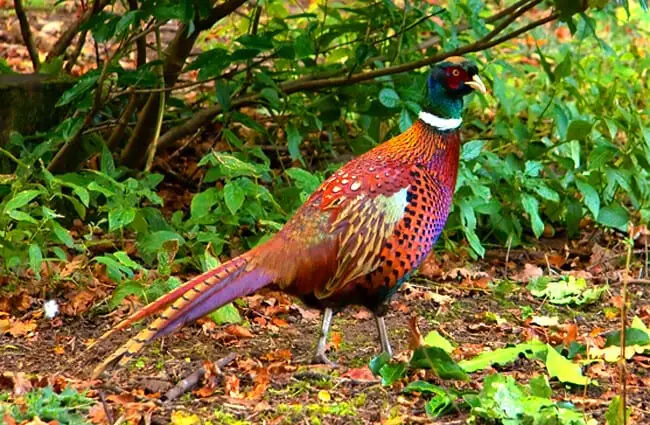
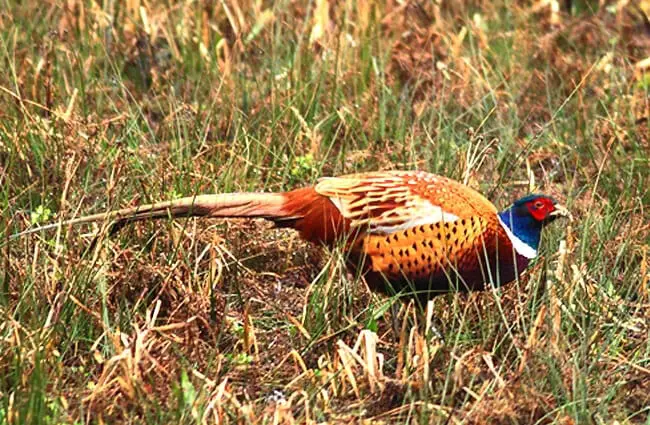


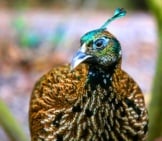
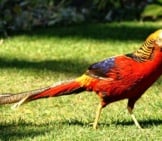
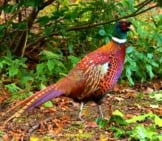

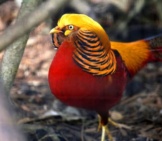
![Red Angus Closeup of a beautiful Red Angus cowPhoto by: U.S. Department of Agriculture [pubic domain]https://creativecommons.org/licenses/by/2.0/](https://animals.net/wp-content/uploads/2020/03/Red-Angus-4-238x178.jpg)












![Red Angus Closeup of a beautiful Red Angus cowPhoto by: U.S. Department of Agriculture [pubic domain]https://creativecommons.org/licenses/by/2.0/](https://animals.net/wp-content/uploads/2020/03/Red-Angus-4-100x75.jpg)

